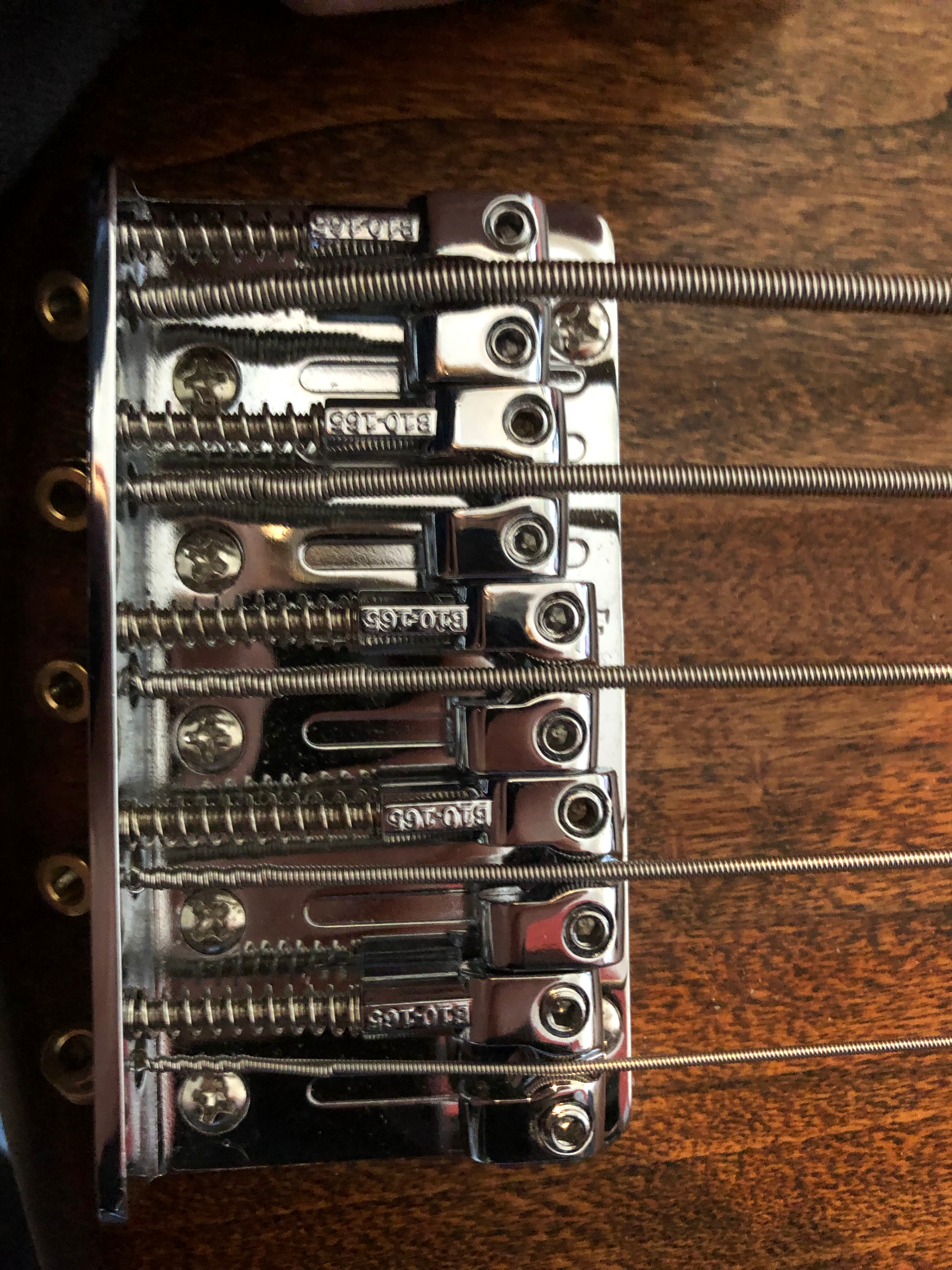For the final day of my intensive, I kept on writing lyrics and lead guitar parts. I also am working on figuring out a drum trigger system for recording drums instead of programming them. Once this intensive wraps up, I plan to keep writing lyrics and instrumental parts until I end up with something I’m happy with.
Today, I kept working on “Lion God”. I finished the lyrics for now, but I think I might have to abridge them, because it seems a little bit wordy. I also continued working on the lead guitar sections… for the last chorus, I wrote a simple root-fifth melody that the lead guitar plays to add a little variation. I also wrote a small sextuplet lick to transition from the solo to the chorus, but I still need to practice much more to get it up to speed.
The other thing I worked on today is my drum recording setup. Drums are difficult to record because each drum must be recorded individually in a well-treated room. I do not have enough microphones or a good room to record in so, I need to find another way to actually record my drums. Enter triggers. Drum triggers are electronic hardware that essentially allow you to treat your acoustic drum kit as an electronic drum kit, which you can then use to play very high quality sounds from your computer while maintaining the timing and feel of a real drummer. However, drum triggers are not cheap either, so I am planning to build my own using piezoelectric sensors and a microcontroller, which will send serial MIDI data to my computer and trigger the same sounds in EZDrummer that I am using right now.
I don’t have any demos today because most of the stuff I was working on still needs some time before it can be recorded. However, I am overall very pleased with how this intensive went. I had to readjust my goals pretty starkly very early on, but I put a lot of work in and I got a lot out of it too. I feel like I’ve expanded my songwriting abilities and my creativity as well as brushed up on my technical abilities for drums, bass, and guitar. My plan is to spend several weeks this summer continuing on leads, lyrics, and drums until I have a demo that I am semi-happy with. After that, I plan to take a short break, and then critique it and continue iterating in that fashion until I have compositions I’m happy with. Then, I will record, mix, master, and release the album.




